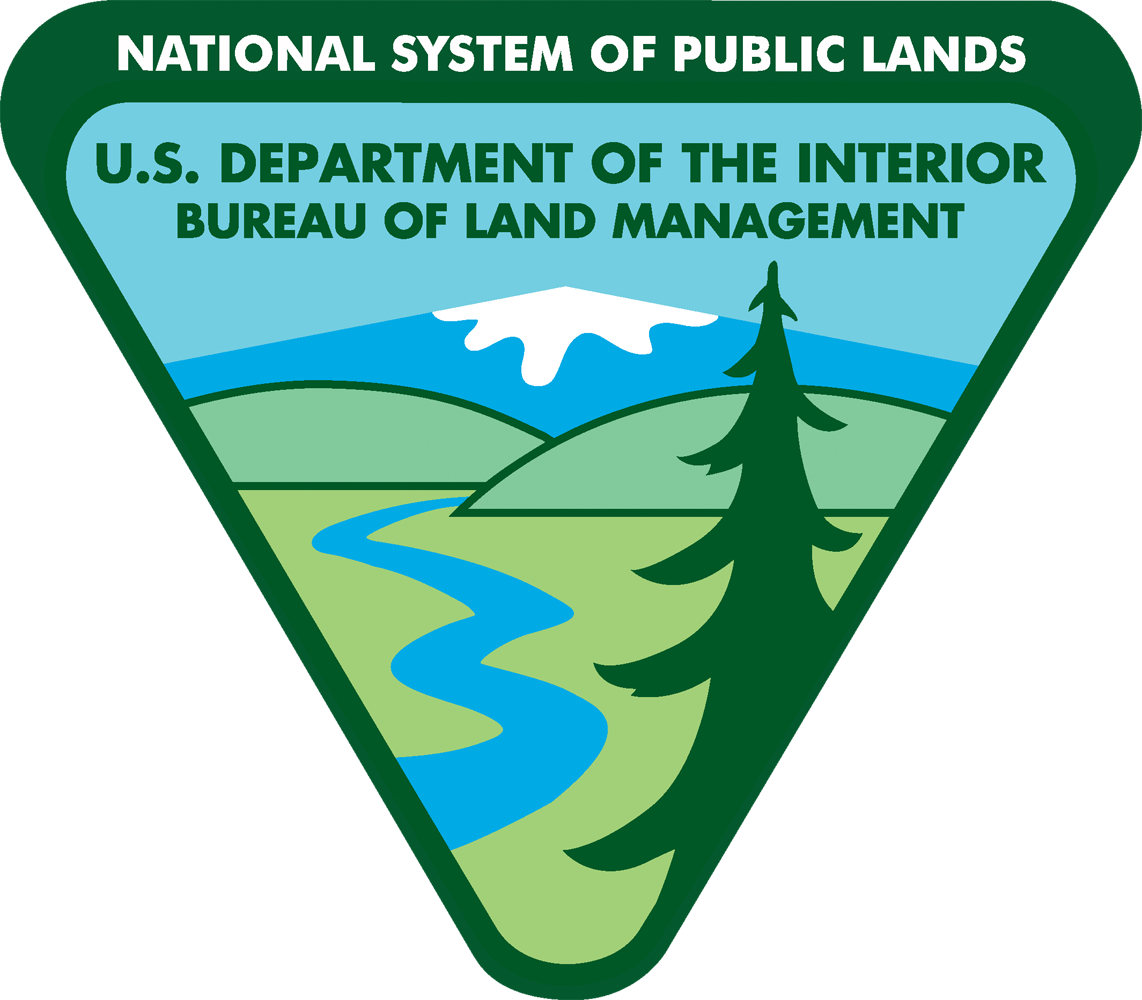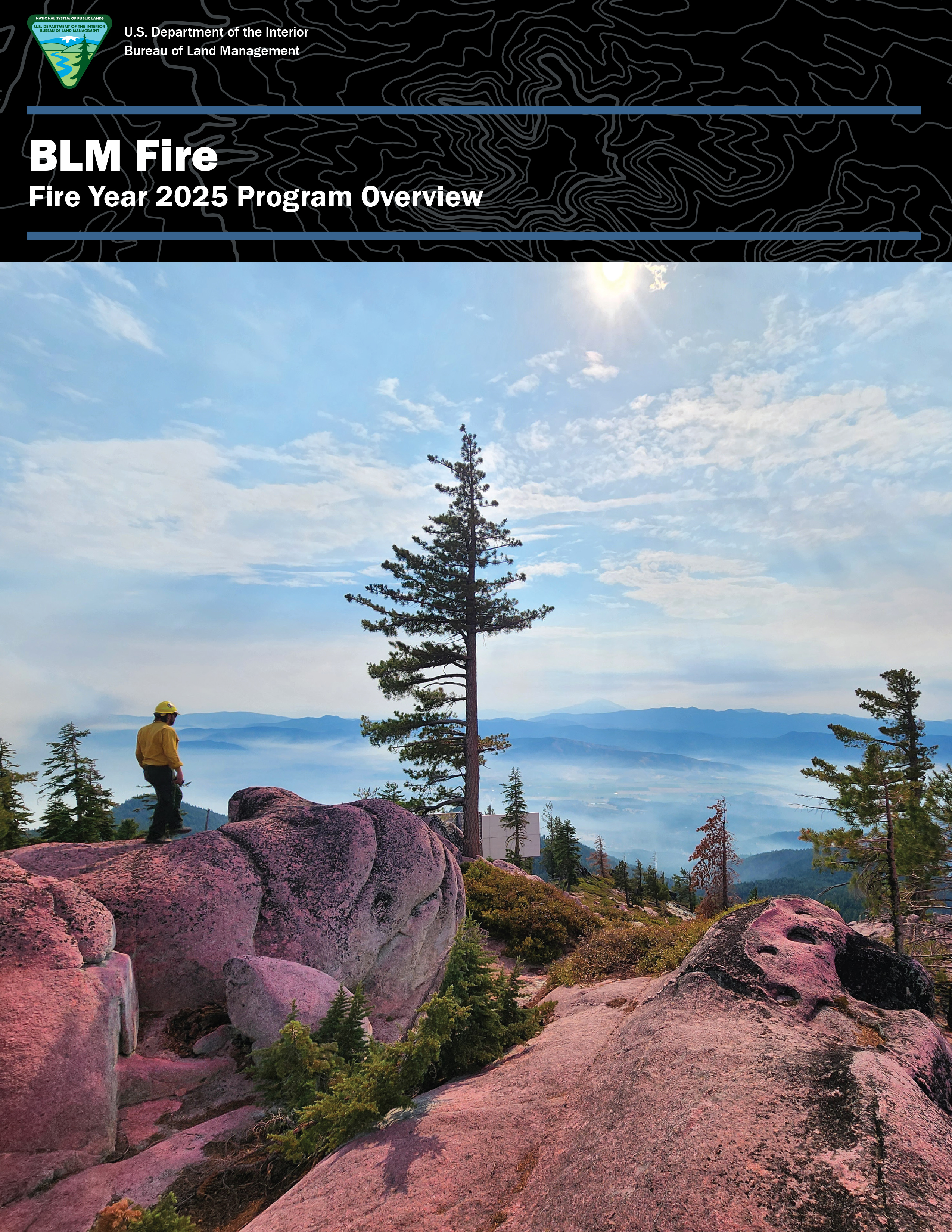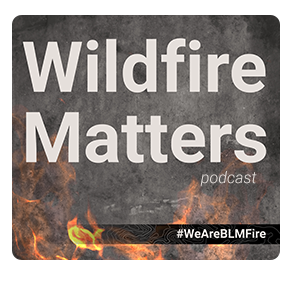The BLM, a leader in wildland fire management, conducts a broad range of actions to protect the public, natural landscapes, wildlife habitat, recreational areas, and other values and resources. The bureau’s national fire and aviation program, BLM Fire, which focuses on public safety as its top priority, consists of fire suppression, preparedness, predictive services, vegetative fuels management, community assistance and protection, and fire prevention through education. To meet its wildland fire-related challenges, the BLM fields highly trained professional firefighters and managers who are committed to managing fire in the most effective and efficient manner.
As the largest and most complex fire program within the Department of the Interior, BLM Fire is directly responsible for fire management on more than 245 million acres. This land is commonly intermixed with other federal, state, and local jurisdictions, making partnerships and collaborative efforts crucial to the mission of safety and fire management. Overall, BLM Fire implements fire protection on approximately 650 million acres of public land with other fire management agencies.
BLM Fire, located at the National Interagency Fire Center in Boise, Idaho, manages program budget at a national scale, sets policy and program standards, and works closely with the DOI’s Office of Wildland Fire, DOI sister agencies, the USDA Forest Service, state and other organizations.
Check out our most recent video about our helitack crews! Learn more by downloading this suppression resources infographic. You can also listen to our Wildfire Matters podcasts.
We are BLM Fire: Helitack Crews
Fire Restrictions
Check out the fire restrictions across the BLM. It's important to #KnowBeforeYouGo and #RecreateResponsibly while enjoying your public lands.


















